Our experts break down how to design the perfect pint-sized bathroom without skimping on style or practicality
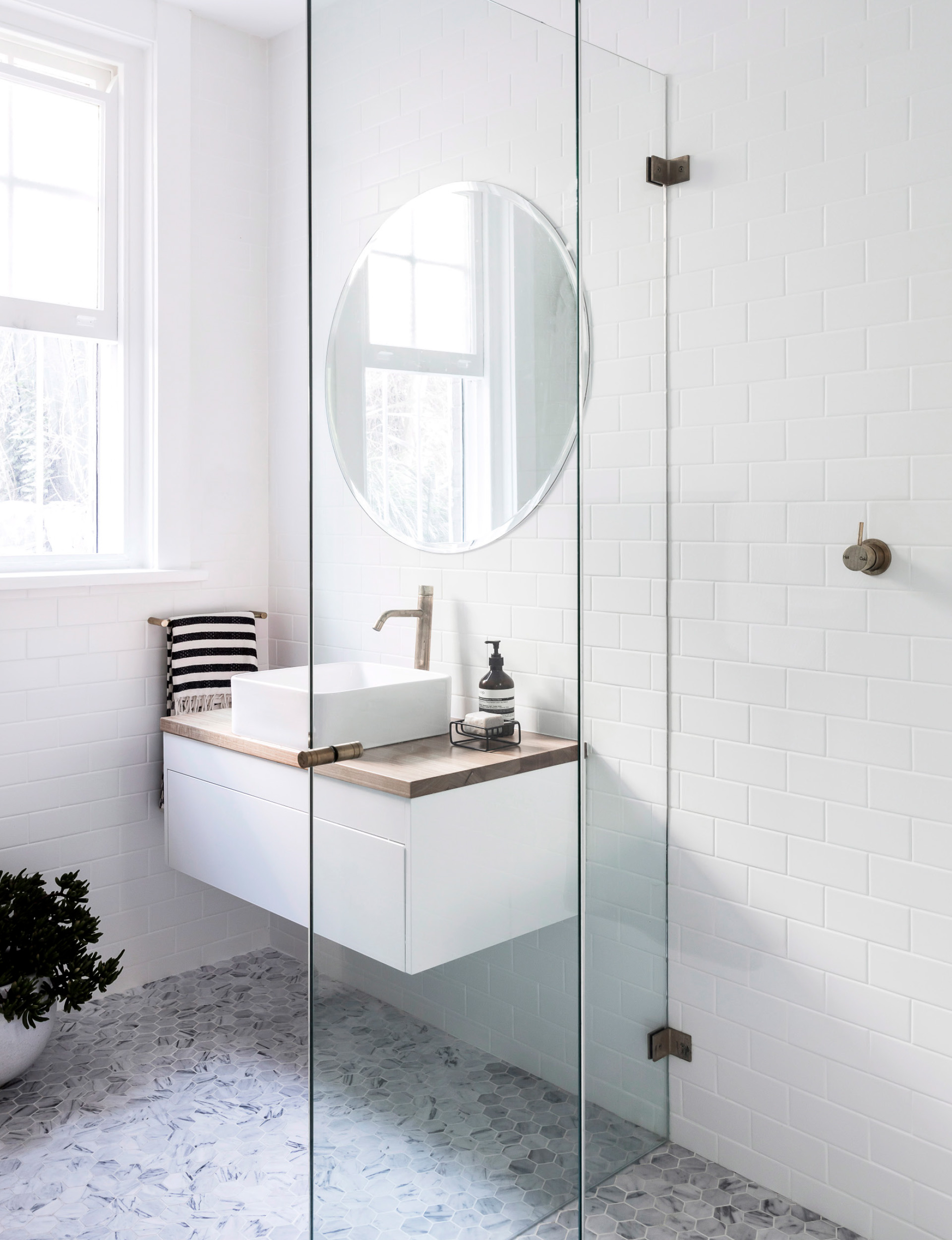
A small space is no reason to go without when creating the bathroom of your dreams. Whether you’re adding on a new ensuite, modernising a pocket-sized powder room or simply wanting to maximise the potential of a petite family bathroom, there are some clear dos and don’ts that will help along the way.
We asked the experts for their space-saving tips and tricks for everything from plumbing and ventilation, to tiling and vanities, so you can make the most of every centimetre. Note: For this feature we’ve defined a small bathroom as measuring 1.5-2.5 sqm.
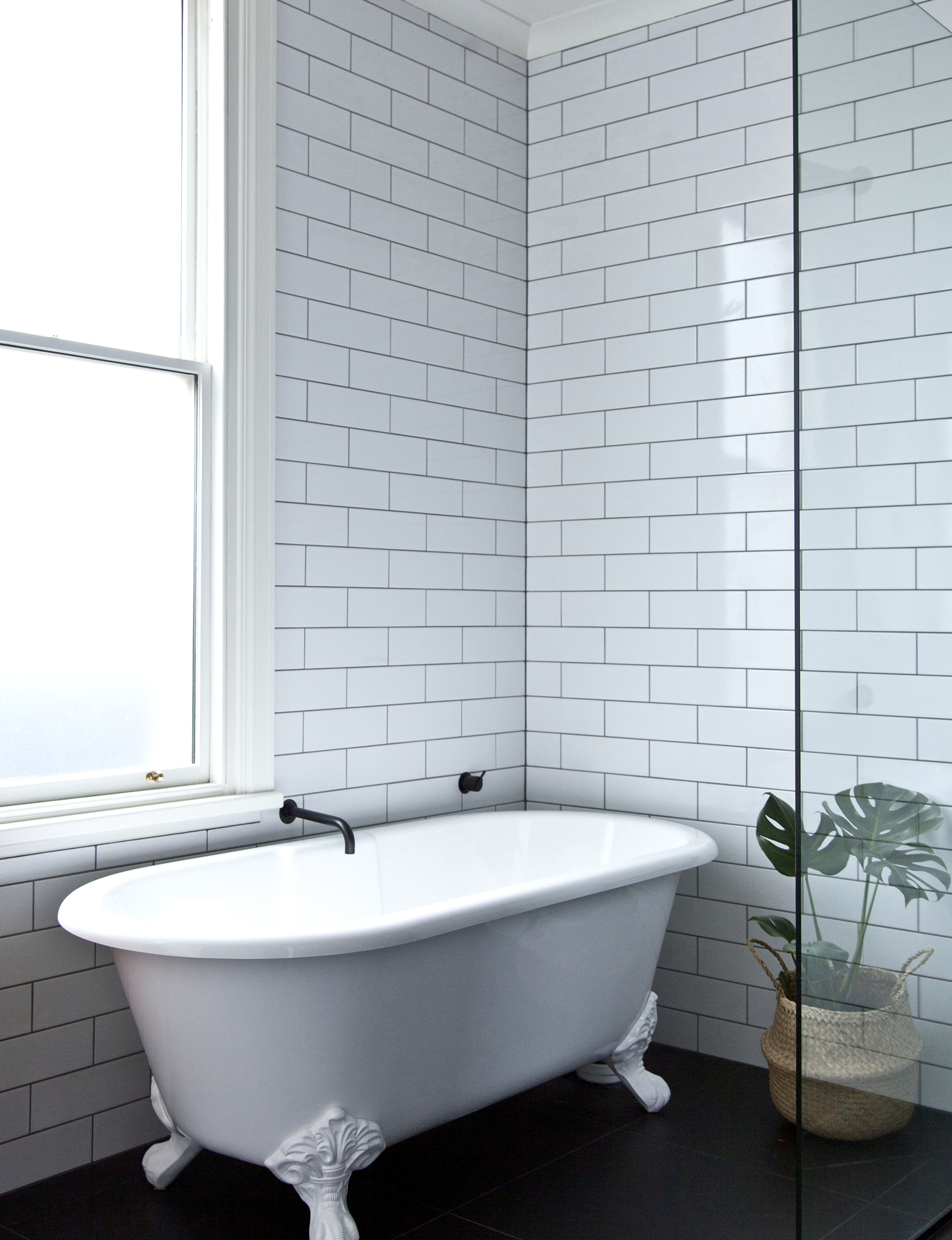
Your budget
$5-8K – The cosmetic upgrade
Doing most of the work yourself can save quite a bit, especially if it’s just a cosmetic upgrade. Updating the vanity, toilet, mirror cabinet and taps is a simple way to transform your bathroom. With tapware especially, invest a little more to get better quality – longevity is reflected in the price point.
$8-30K – The professional renovation
Seventy percent of the cost of a new bathroom goes on the trades. If you can project-manage it yourself, you can save on fees. Professional tiling is one thing you don’t want to skimp on however. A small mosaic behind a vanity is probably fine to DIY, but you don’t want to get waterproofing wrong. Tiles can cost anywhere from $25 to $180 per sqm so save money by choosing a budget-friendly option. Costs grow as soon as you start moving fixtures.
$30K+ – The luxury transformation
A high-end budget means you can create a whole new bathroom with a layout most suited to your needs. You can easily spend $60K on a bathroom. The difference between doing it yourself and working with an interior designer, builder or architect can make a huge impact on your budget.
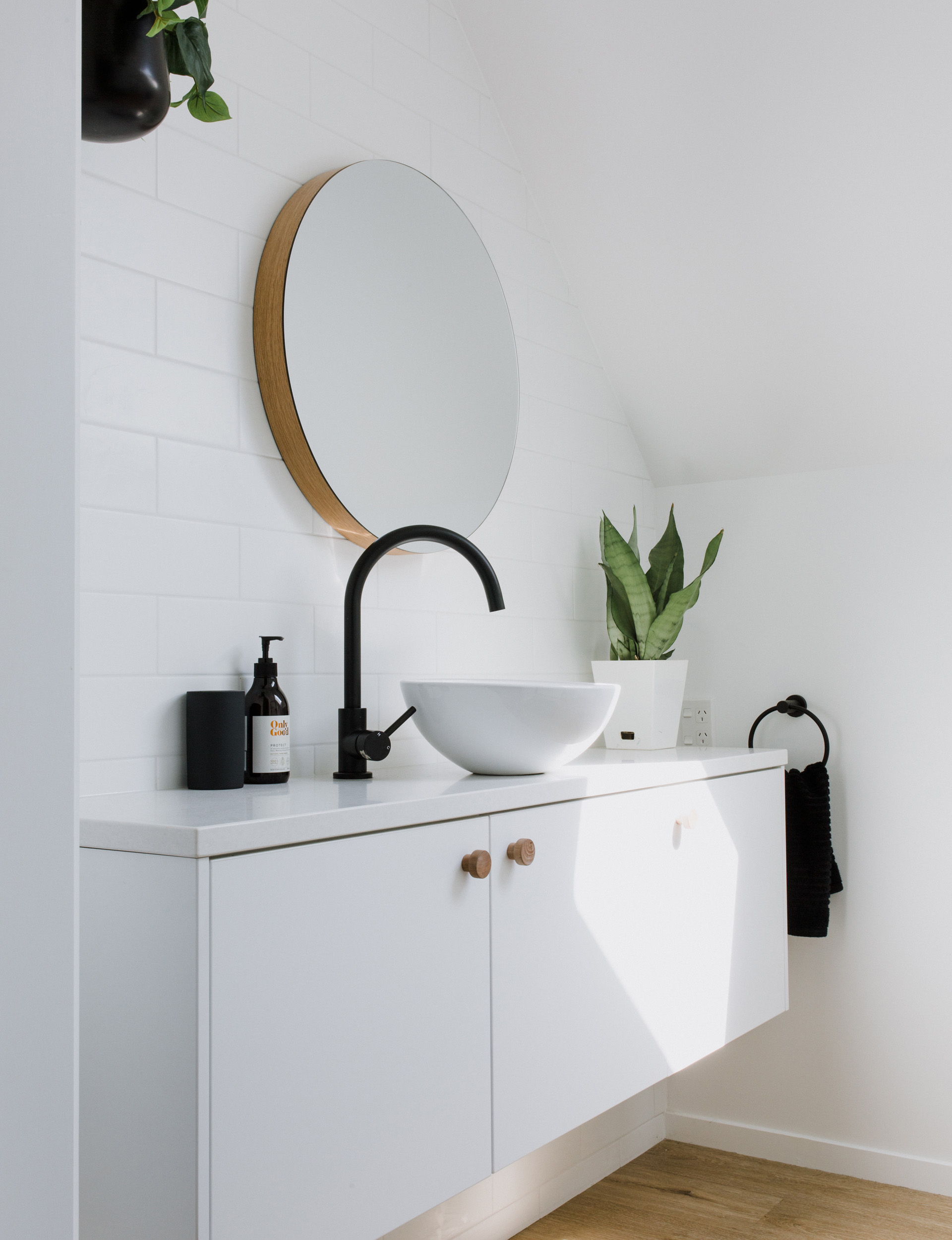
Lucy Sargent of Pocketspace Interiors shares her small-bathroom tips, from vanities and budgets to the lowdown on loos
Vanities
When designing a small bathroom you want the vanity to be wall-mounted and 900mm wide or less. An off-floor vanity gives the illusion of more space, is easy to clean underneath and will still provide plenty of storage.
It pays to spend a little more on your vanity so you can have internal drawers. Depending on your budget, you can get a vanity custom made to use whatever space you have, such as an alcove or niche area.
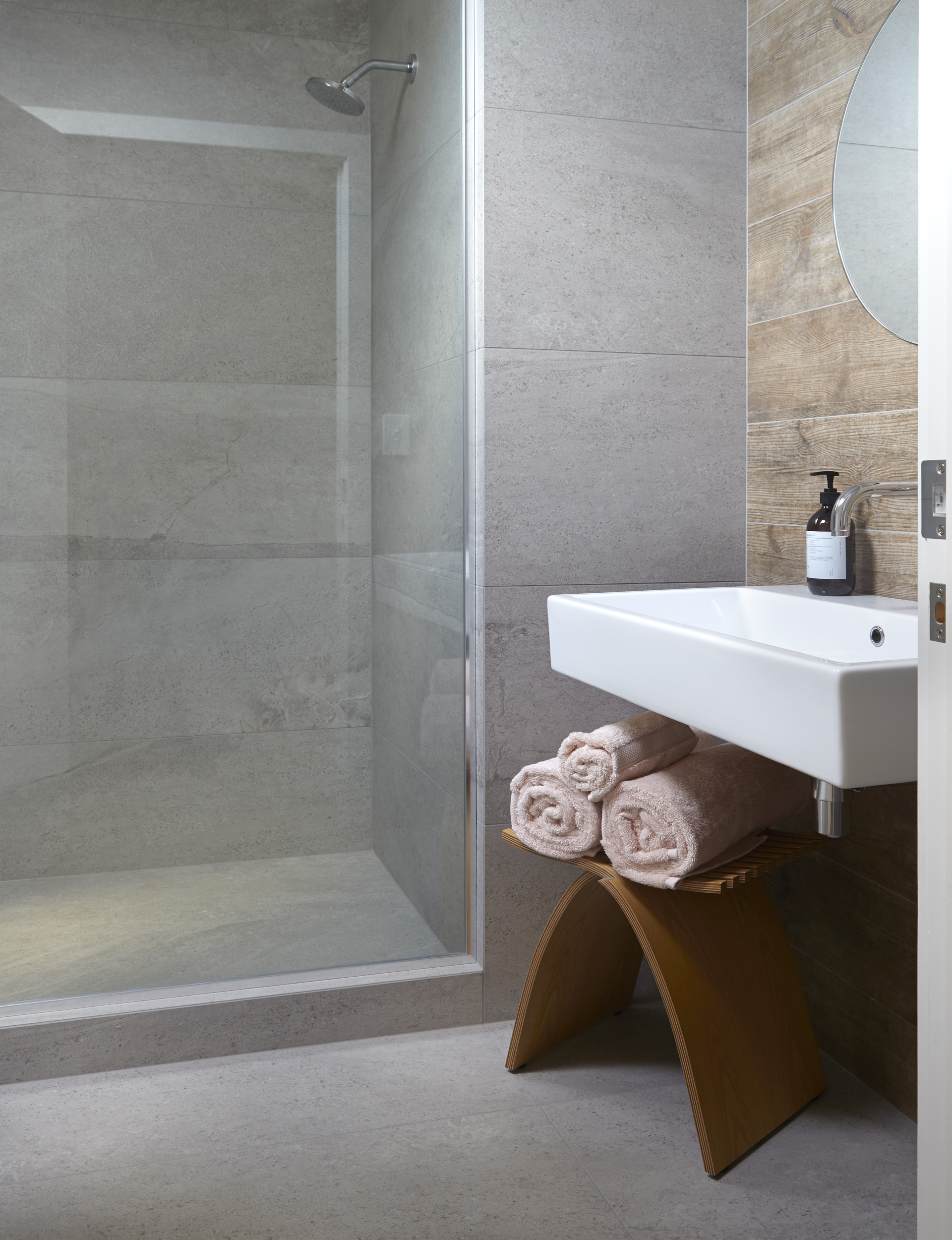
Showers
People are moving away from the bath as a must-have. If you have a two-bathroom home and you’re in a school zone then it’s worth having one, but when space is tight, many people would much rather have a luxury bathroom with a walk-in shower than a bath.
When designing a shower, go for tiling only – say no to acrylic showers! Tiles are durable, non-porous and easy to keep clean, particularly if you use a large-format option. For those doing a DIY tile reno, draw up a plan and buy your tiles before you start the renovation. When you go to a tile or plumbing store, they will want to know the shape and style of your shower.
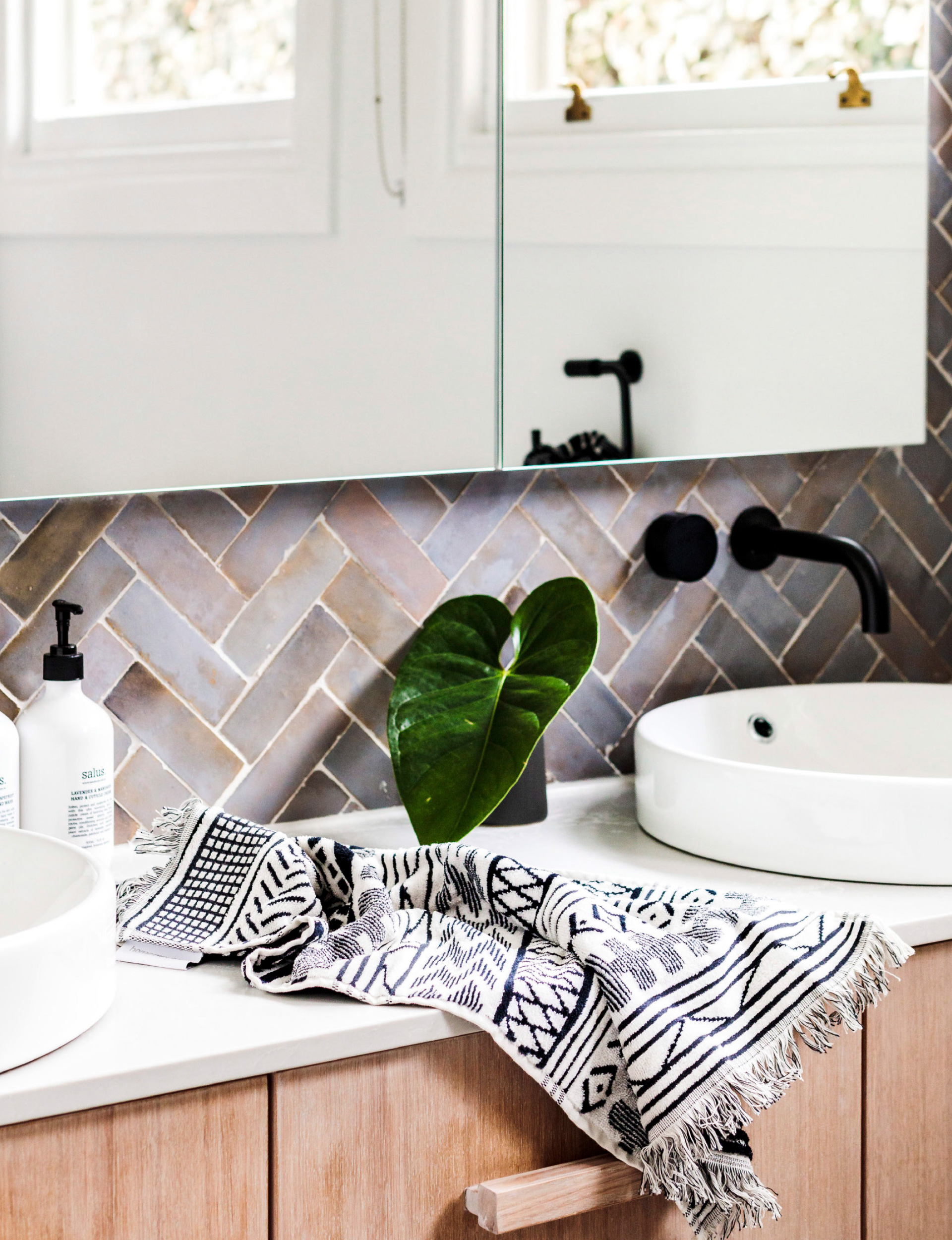
Storage
Mirror cabinets are a great way to combine storage with light reflection to make the space feel larger. Buy them standard or get them custom made to make use of all the available space. Open shelving is best avoided as clutter tends to build up and makes things feel cramped.
If you have the budget, recessed cupboards can be a great way to store items without taking up too much room. Depending on the gap under the off-floor vanity, you could store things in baskets underneath, such as toilet paper and face cloths.
Syle tip: consider your mirror choice carefully. if you’re short on space it can add a decorative element as well as handy storage – and even lighting.
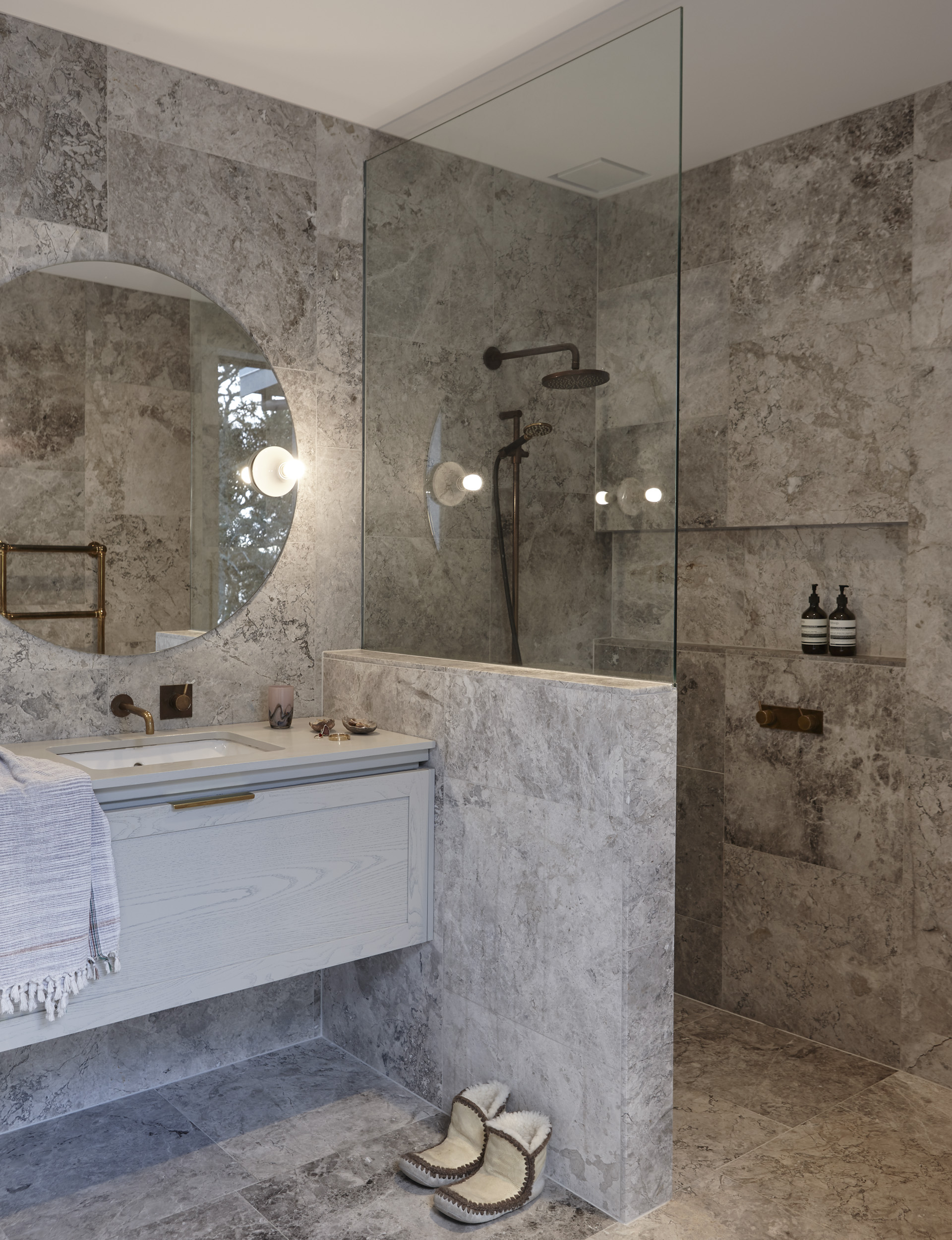
Visual tricks
Some people think a large-format tile won’t work in a small space, but that’s the biggest trick of the trade. Anything over the standard 600mm x 600mm will work – the fewer grout lines, the bigger the space will feel. For a continuous-feel floor, use 1-metre-square tiles in a single colour with grout in the same shade.
Mosaic tiling on the walls is an exception as once it’s laid and grouted, it also provides a continuous texture and is great for adding interest – just don’t use it on every wall.
Mirrors can also add a sense of volume to a room. I like to take a mirror as close as possible to the ceiling, effectively doubling the size of the room. They’re also important for reflecting light, especially if you’ve only got a very small window.
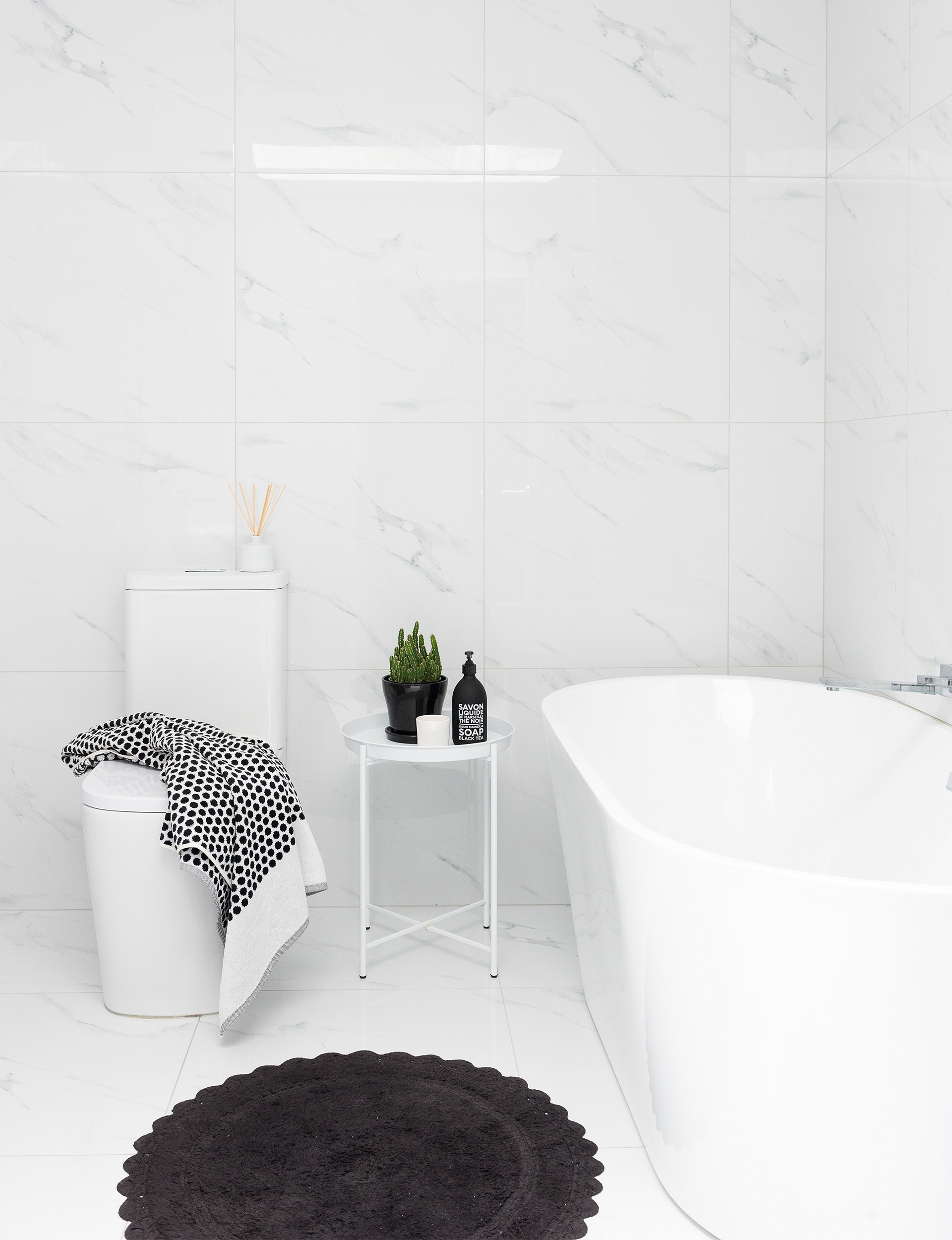
Toilets
Wall-hung toilets might seem like space-savers, but beware – the gap between the floor and the bottom of the toilet becomes a dust collection point. If you’re going for a floor-mounted style, choose one with a base that has clean lines, so you’re not cleaning around awkward crannies.
A recessed cistern can be an option for small bathrooms, but it’s dependent on your plan. If it’s in a tiled wall and you have a leak, it can be really hard to access. In a long, narrow space, an in-wall cistern can be good for gaining an extra 100mm or so. There are many different options, so definitely talk to a consultant.
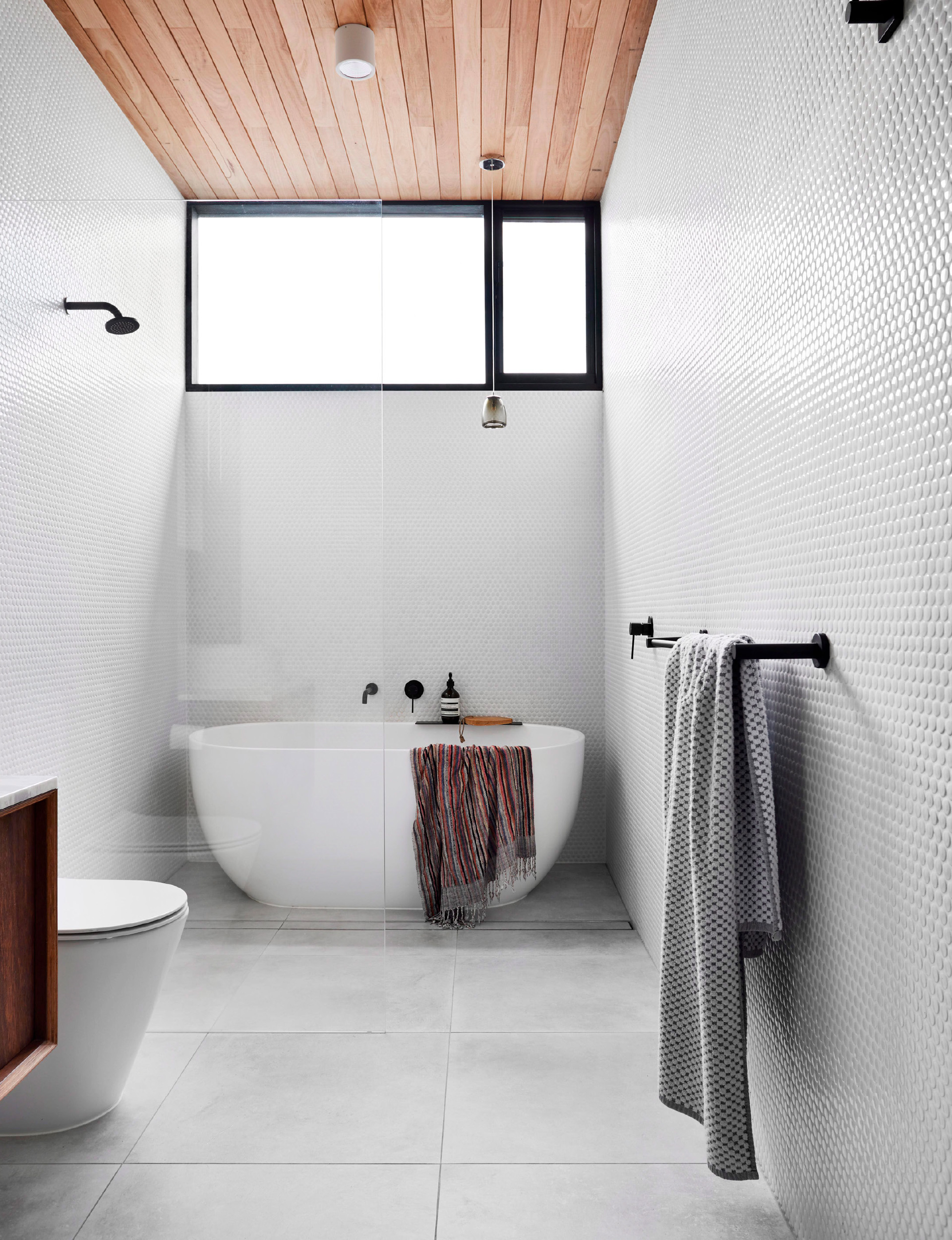
Plumbing advice Hayden Trow, Baywide Plumbing
- Before you buy your tapware, ask your plumber if it’s suitable for your water pressure.
- Swapping to instantaneous gas hot water can free up space by removing the need for a hot-water cylinder.
- Stick with reputable brands; if you want customer support, using specialist suppliers is important.
- The more you move things around, the more it costs. Keeping the toilet in the same spot is a good way to keep costs down.
- For ventilation, you can now install a small all-in-one fan and halogen light. Some fans can even go directly above the shower. Also, the further away the fan is from the inlet (grille), the quieter it will be, which is great for small spaces – eg, some products allow the fan to be moved further along the ducting.
- If you want to keep a bath, put the shower over it to save space.
- In-wall toilet cisterns can save up to 150mm. Get one with a service panel for easy access.
- Check consent requirements before you start the job.
Words by: Bonnie Sumner, Lucy Sargent, Hayden Trow. Photography by: Florence Charvin, Wendy Fenwick, Alice Veysey, Emily Hlavac Green, Helen Bankers /Bauer Syndication.
This article was first published in Your Home and Garden. Follow YHG on Instagram, Facebook and sign up to the fortnightly email for inspiration between the issues.
EXPERT PROJECTS

Create the home of your dreams with Shop Your Home and Garden
SHOP NOW











